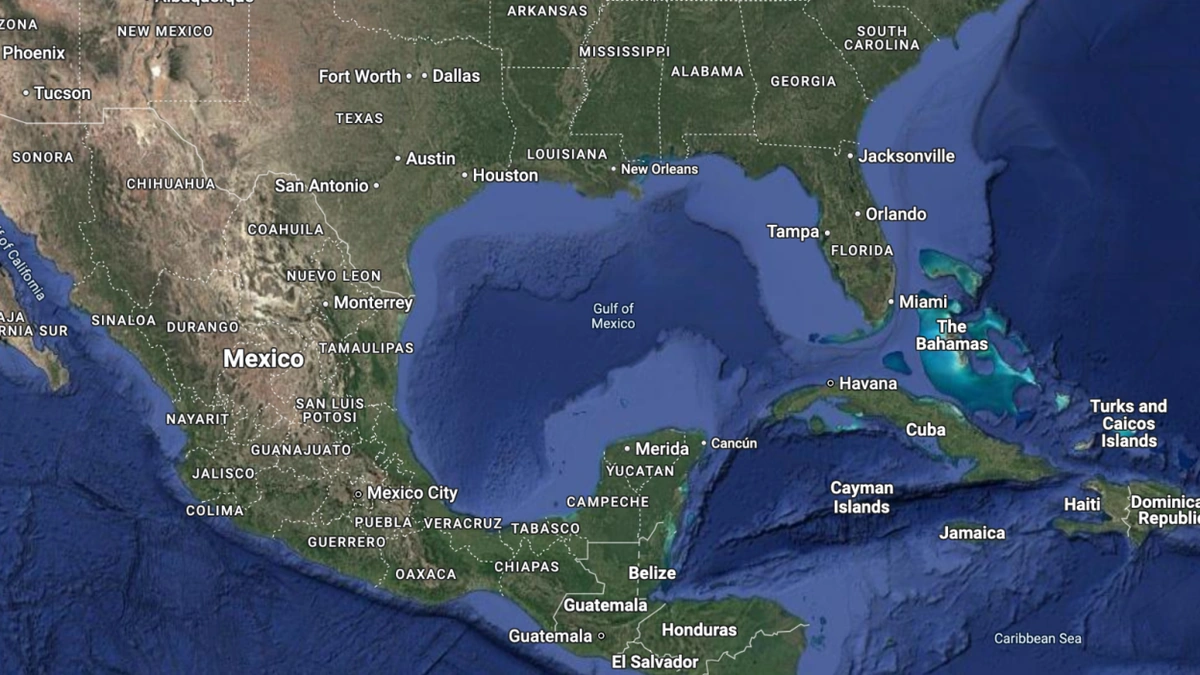The Gulf of Mexico . It’s more than just a big body of water. It’s a critical ecosystem, a major economic engine, and a place steeped in history. But let’s be honest most of us probably don’t think about it much beyond the occasional beach vacation or hurricane season. So, here’s the thing: the Gulf’s health and future impact all of us, directly or indirectly. And what fascinates me is how interconnected everything is, from the microscopic plankton to the massive oil rigs.
Why the Gulf Matters | More Than Just Beaches

Think of the Gulf as the United States’ watery backyard. It borders five states Florida, Alabama, Mississippi, Louisiana, and Texas and supports a massive seafood industry. But it’s also a major shipping route, a playground for tourists, and a vital part of the global energy supply. The economic impact of the Gulf is staggering, contributing billions of dollars to the U.S. economy annually. Beyond dollars and cents, the Gulf is also home to unique ecosystems, like the coral reefs and seagrass beds, that support a vast array of marine life.
The Environmental Challenges | A Delicate Balance
Okay, let’s be real, it’s not all sunshine and seafood. The Gulf faces some serious environmental challenges. Remember the Deepwater Horizon oil spill? That was a major wake-up call. But even without catastrophic events, the Gulf is constantly under pressure from pollution, overfishing, and habitat loss. Nutrient pollution , largely from agricultural runoff, leads to massive “dead zones” where oxygen levels are too low to support marine life. And climate change is exacerbating these problems, with rising sea temperatures and ocean acidification threatening coral reefs and other sensitive ecosystems.
The delicate balance between economic development and environmental protection is a constant struggle. What initially seemed straightforward quickly becomes complex when you start to understand the interconnectedness of the ecosystem. For example, regulations designed to protect one species can have unintended consequences for another, or for the fishing industry. It’s a constant balancing act, and there are no easy answers.
The Human Impact | Communities and Livelihoods
The Gulf is home to vibrant communities with deep ties to the sea. For generations, families have made their living fishing, shrimping, and oystering. But these livelihoods are increasingly threatened by environmental changes and economic pressures. What I initially thought was a simple case of environmental protection versus economic development turned out to be a deeply human story. The challenges faced by these communities are real, and the solutions are often complex and require a collaborative approach.
And , it is not only the economy and environment under threat, it is human lives, their livelihoods. Coastal communities in Louisiana are facing an existential threat from land loss, with some towns literally disappearing into the sea. The impact on their culture and way of life is devastating.
What’s Being Done | Conservation and Restoration Efforts
So, what’s being done to protect the Gulf? Well, there are a lot of dedicated people and organizations working to make a difference. From large-scale restoration projects to local community initiatives, there are efforts underway to address the many challenges facing the Gulf. The Coastal Wetlands Planning, Protection and Restoration Act (CWPPRA), for example, funds projects to restore coastal wetlands in Louisiana. And organizations like the Gulf of Mexico Alliance are working to promote collaboration and knowledge sharing among states, federal agencies, and other stakeholders.
But , let’s be honest, there’s still a long way to go. The problems are complex and require sustained effort and investment. It is vital we protect the coastal ecosystem. The key is to strike a balance between economic development and environmental stewardship, ensuring that future generations can continue to benefit from the Gulf’s resources.
The Future of the Gulf | Challenges and Opportunities
Looking ahead, the future of the Gulf is uncertain. Climate change, pollution, and overfishing will continue to pose significant challenges. But there are also opportunities for innovation and sustainable development. The emerging blue economy, which focuses on sustainable use of ocean resources, could provide new economic opportunities while protecting the environment. And advancements in technology, such as offshore wind energy and sustainable aquaculture, could help to reduce our reliance on fossil fuels and promote sustainable food production.
What fascinates me is the potential for collaboration and innovation to drive positive change in the Gulf. By working together, scientists, policymakers, businesses, and community members can create a more sustainable and resilient future for this vital ecosystem. It will require a shift in mindset, from viewing the Gulf as a source of resources to recognizing its intrinsic value as a complex and interconnected ecosystem.
FAQ | Understanding the Gulf of Mexico
What is the biggest environmental threat to the Gulf of Mexico?
Nutrient pollution leading to dead zones is a major threat, along with oil spills and habitat loss.
How does the Gulf of Mexico impact the U.S. economy?
It supports a large seafood industry, shipping routes, and tourism, contributing billions annually.
What are some efforts to restore the Gulf’s coastal wetlands?
The CWPPRA funds projects aimed at restoring and protecting coastal wetlands in Louisiana.
How is climate change affecting the Gulf of Mexico?
Rising sea temperatures, ocean acidification, and more intense hurricanes are all impacts.
What is the blue economy, and how does it relate to the Gulf?
The blue economy focuses on sustainable use of ocean resources for economic growth, which could create new jobs and protect the environment.
So, the Gulf of Mexico . It’s a complex and vital ecosystem facing numerous challenges. The future of the marine environment is not certain. As we move forward, let’s remember the interconnectedness of it all. From the smallest plankton to the largest oil rig, from the fishermen on the coast to the policymakers in Washington, we all have a role to play in shaping the future of this incredible body of water. It is vital to protect the gulf coast.




